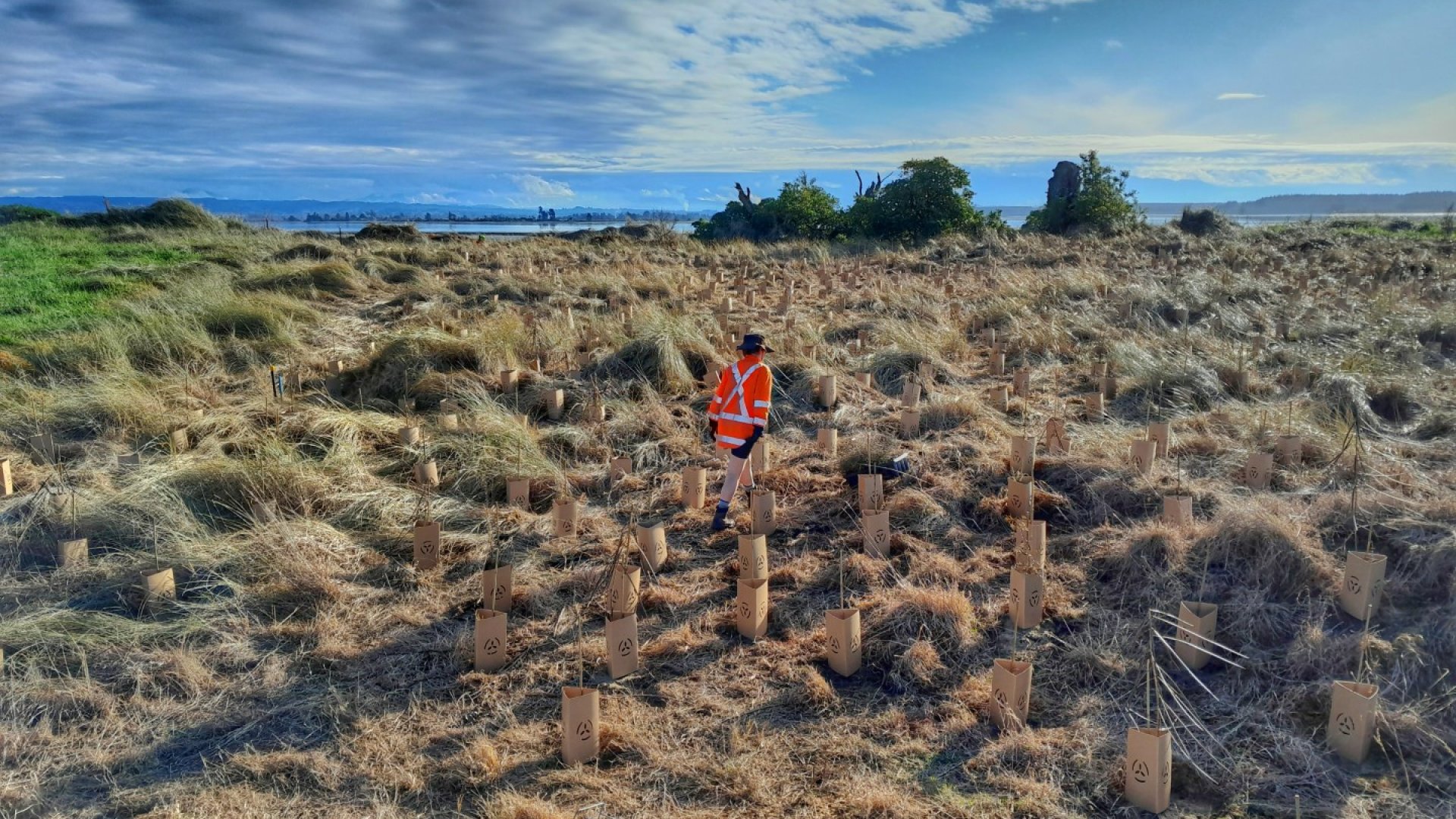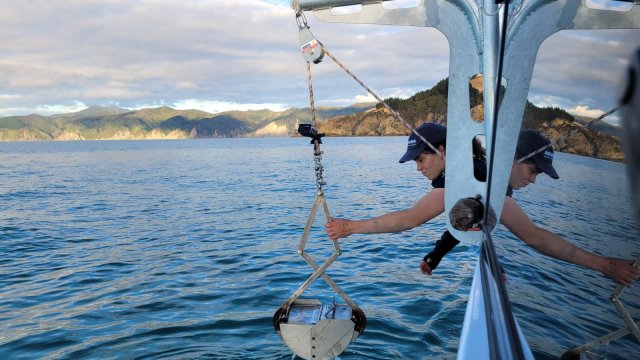Coastal ecosystem restoration updates
02/02/2024 1:08pm
Within its Nelson Nature programme, Nelson City Council’s Coastal Habitats programme seeks to restore, enhance and protect coastal ecosystems.
Coastal ecosystems are some of the most heavily-impacted ecosystems throughout Aotearoa New Zealand as they often occur where there is extensive urban development, recreational and land use and climate change pressure. They are also critically important for indigenous plants, insects, birds and reptiles dependent on these systems.
Airport Peninsula restoration
As part of a multi-year Ecological Restoration Plan for Airport Peninsula, Nelson City Council has commenced work to restore this rare and important coastal dune system. The initial actions that have been taken to restore the dunes have included the control of exotic marram grass and other introduced species within a small area of the dune system to allow for planting. After the marram grass had been controlled 2450 plants were planted by contractor Kūmānu. Re-establishment of an intact foredune system with sand binding plants such as spinifex and pingao is an important part of this project as these foredune communities have been heavily impacted throughout New Zealand. Behind these foredune plantings coastal forest species have been planted with kanuka, tōtara and matai.
Corder Park wetland planting
After the extreme weather events in August 2022 and resulting impacts on Corder Park from those events, the decision was made to develop an Ecological Restoration Plan for the park to provide guidance on addressing some of the ecological damage sustained in the events.
As a part of replacing lost vegetation, 2000 saltmarsh rushes were planted last winter to replace some of the saltmarsh vegetation that has been lost. As some of the intertidal mudflat is now higher than previously due to additional sediment being deposited, the full extent of tidal inundation has changed substantially. This may influence the future extent and composition of saltmarsh, so this planting is an effort to kickstart natural saltmarsh regeneration processes that may otherwise been much slower. Further planting will occur this winter to replace terrestrial coastal forest species that had been destroyed by the flooding.




